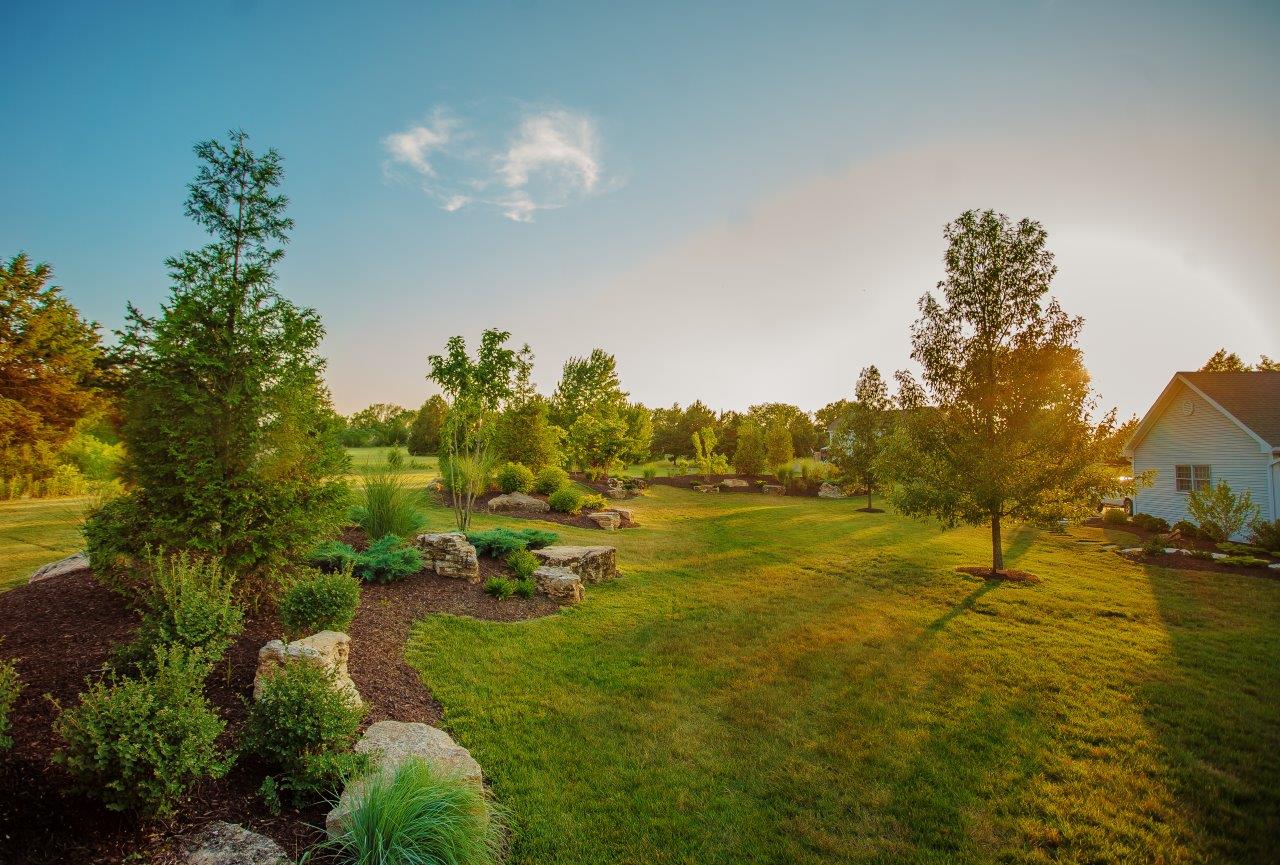The Best Guide To Hilton Head Landscapes
The Best Guide To Hilton Head Landscapes
Blog Article
Not known Details About Hilton Head Landscapes
Table of ContentsThe 6-Second Trick For Hilton Head Landscapes3 Easy Facts About Hilton Head Landscapes ExplainedHilton Head Landscapes Things To Know Before You BuyNot known Details About Hilton Head Landscapes The Buzz on Hilton Head LandscapesSome Ideas on Hilton Head Landscapes You Should KnowThe Main Principles Of Hilton Head Landscapes
Line develops all types and patterns and can be used in a selection of methods the landscape. Line in the landscape is produced by the edge in between 2 materials, the outline or silhouette of a kind, or a long straight attribute. Lines are an effective device for the designer due to the fact that they can be used to create an infinite selection of forms and types, and they control activity of the eye and the body.

Lines can have one or even more qualities, such as those described listed below, however they usually serve different purposes. Number 1. Lines in the landscape - hilton head landscapers. The properties of lines establish exactly how people react to the landscape, both mentally and literally. Straight lines are structural and powerful; they develop an official character, are normally related to a balanced style, and lead the eye straight to a prime focus.
Indicators on Hilton Head Landscapes You Need To Know
Straight lines are frequently discovered in hardscape sides and material. Curved lines develop a casual, all-natural, kicked back personality that is linked more with nature and unbalanced equilibrium. Rounded lines relocate the eye at a slower speed and include enigma to the area by developing covert sights. Upright lines move the eye up, making a space really feel larger.
Upright lines in the landscape include tall, slim plant product, such as trees, or high structures, such as an arbor or a bird house on a post. Straight lines relocate the eye along the ground aircraft and can make an area feel bigger. Low lines are extra suppressed and produce a sensation of rest or repose.
The 25-Second Trick For Hilton Head Landscapes
Low lines are created by low yard wall surfaces, walkways, and short bushes. Lines are utilized to draw forms on a plan. In strategy view, they specify plant beds and hardscape areas. Lines are additionally developed by the upright forms of developed functions and plant material. There are 3 main line types that develop form in the landscape: bedlines, hardscape lines, and plant lines.
Bedlines attach plant material to your house and hardscape due to the fact that the eye adheres to the line, moving the gaze via the landscape. Hardscape lines are created by the edge of the hardscape, which defines the developed framework. Line can additionally be developed by long and slim products, such as a fence or wall.
The Main Principles Of Hilton Head Landscapes
Type is view it found in both hardscape and plants, and it is usually the dominant visual element that spatially organizes the landscape and often identifies the style of the yard. The type of structures, plant beds, and yard accessories additionally establishes the total kind theme of the garden. Formal, geometric forms include circles, squares, and polygons.
Plants create type in the garden through their lays out or silhouettes, however form can additionally be defined by a gap or adverse area between plants - landscapers hilton head island (https://qualtricsxm5z596vv95.qualtrics.com/jfe/form/SV_eEczR6xKXKuv6mi). Circles can be complete circles, or they can be separated right into half circles or circle sectors and integrated with lines to create arcs and tangents
An Unbiased View of Hilton Head Landscapes
Circles can likewise be stretched into ovals and ellipses for more selection and passion. Circles are a strong layout form due to the fact that the eye is constantly drawn to the center, which can be used to stress a prime focus or link other kinds. Number 2. Circular kinds in hardscape and grass panels.
The square type can additionally be segmented and pre-owned continuously to produce a grid pattern. Unlike circles, squares are stronger on the sides, which can be lined up or overlapped to produce distinct patterns and even more intricate forms.
Meandering lines typically imitate the natural course of rivers or streams and can be referred to as smooth lines with deeply rounded wavinesses. Twisting lines (Number 3) function well for paths, plant bedlines, and dry stream beds. Meandering lines can add rate of interest and enigma to a yard by leading viewers around corners to find brand-new sights and spaces.
The 8-Second Trick For Hilton Head Landscapes

Figure 5. Fragmented sides: stepping stones in pathway. Type is one of the most enduring top quality of a plant (Landscaping bluffton sc). https://cinnamon-ferret-ktw2xm.mystrikingly.com/blog/transform-your-outdoor-space-with-hilton-head-landscapes. Typical plant types are well established and standard, as kind is the most regular and recognizable quality of plants. Form can likewise be created via the massing of plants, where the overall mass creates a various kind than an individual plant.
A highly different kind has to be utilized with careone or 2 work well as a centerpiece, yet also lots of wreak havoc. All-natural plant types, as opposed to over-trimmed types, must develop the mass of the structure. The relevance of general form is basically dependent on the viewing perspectivethe form of a tree can appear fairly various to an individual standing under the cover versus checking out the tree from a range in an open area.
Hilton Head Landscapes Fundamentals Explained
Plant types additionally create and specify deep space or open rooms between the plants, producing either convex or scooped kinds in the voids. High-arching tree branches usually develop a concave open room under the branches, and a rounded canopy with low branches fills up the room to develop a convex type in the open room under the tree.

Report this page